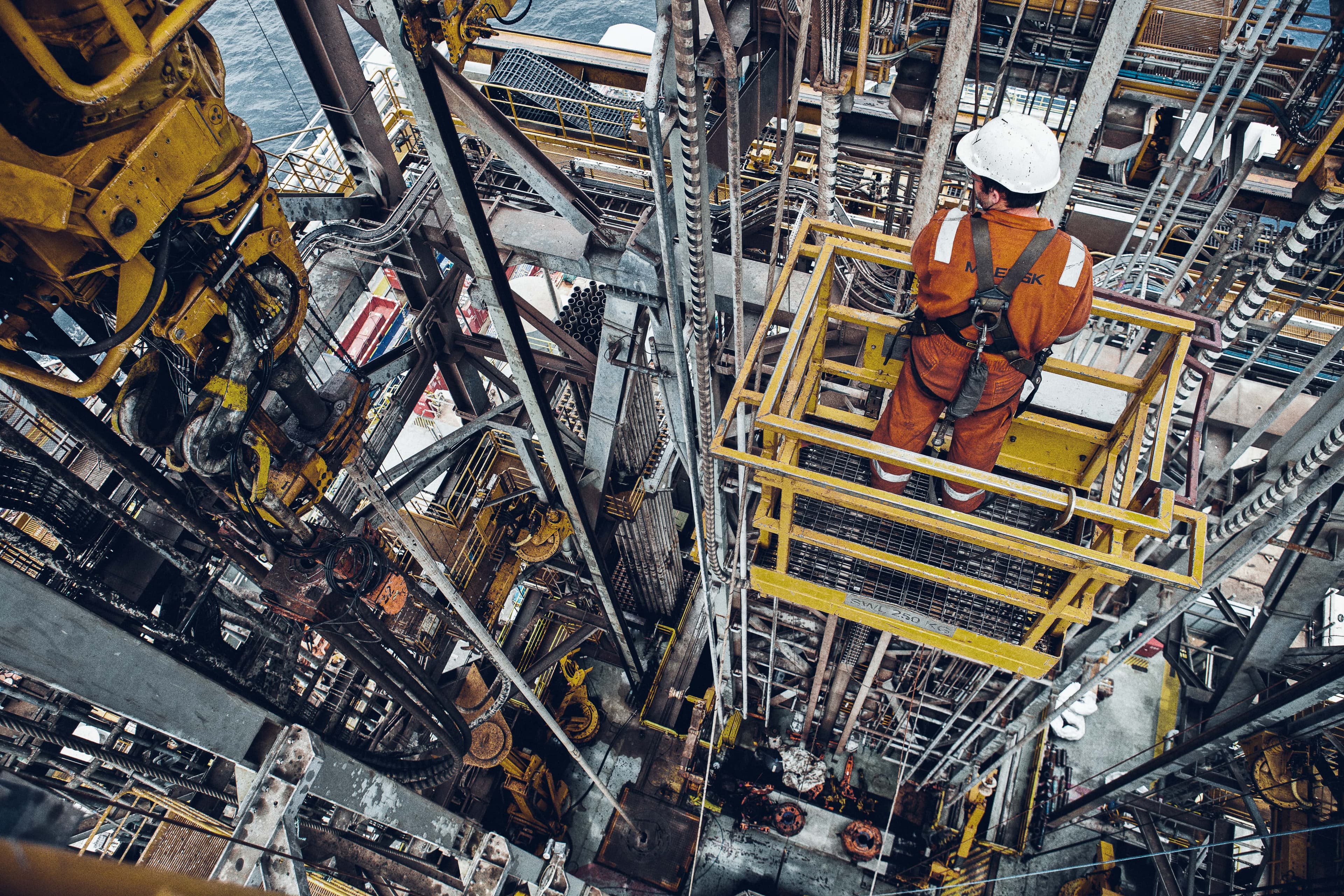
How Do Offshore Oil Rigs Operate?
Offshore oil rigs are marvels of modern engineering, functioning as both floating cities and sophisticated drilling stations. Their operation is a complex interplay of technology, human ingenuity, and harsh oceanic environments.
The Journey to Black Gold
The operation begins with locating oil reserves. Geologists use seismic surveys, sending shock waves into the ocean floor. The waves that bounce back provide clues about the presence of oil or gas. Once a promising site is identified, the adventure begins.
The Rig: A Colossal Structure
There are several types of rigs, but let's focus on the most common: the floating, semi-submersible platform. These giants are towed to the drilling site and anchored. They float, but most of their bulk is underwater, providing stability in choppy seas.
Drilling: The Heart of the Operation
At the core of the rig’s operation is the drilling process. A drill bit, attached to a long string of drill pipes, bores through the ocean floor. Mud is pumped down to clear the debris and cool the drill bit. This drilling mud, as it returns to the surface, is carefully monitored for signs of oil or gas.
The Risks and Challenges
Working on an offshore oil rig is no small feat. The environment is harsh and unpredictable. Crews face extreme weather, isolation, and the constant risk of accidents. Safety protocols are stringent, with regular drills and strict adherence to safety gear usage.
Life on the Rig
Life on a rig is unique. Crews work 12-hour shifts for weeks at a time. Despite the isolation, there's a sense of community. Living quarters are compact but comfortable, and amenities often include gyms, internet access, and recreational areas.
Environmental Considerations
Environmental protection is a critical aspect. Modern rigs are equipped with technology to prevent spills and minimize ecological impact. Waste is carefully managed, and discharges into the ocean are strictly regulated.
The Endgame: Extracting the Oil
Once the oil is found, the next phase is extraction. Valves and blowout preventers are installed to control the flow. The oil is then pumped up, separated from the mud, and stored in tanks until it can be offloaded to tankers or transported through pipelines.
Continuous Evolution
The world of offshore oil rigs is continuously evolving, with advancements in technology making operations more efficient and safer. The industry is also moving towards renewable energy sources, but for now, these oceanic giants continue to play a vital role in our energy landscape.
In conclusion, offshore oil rigs are a testament to human engineering and resilience. Their operation is a delicate balance of safety, environmental stewardship, and the relentless pursuit of energy resources deep beneath the ocean's surface.
How Do Offshore Oil Rigs Operate?
Offshore oil rigs are massive structures that are used to drill for oil and gas in the ocean. They are self-contained and have everything they need to operate for months at a time, including accommodations for crew members, power generation facilities, and drilling equipment.
The different types of offshore oil rigs
There are three main types of offshore oil rigs:
1. Fixed platforms: These rigs are permanently attached to the seafloor and are typically used in shallow water.
2. Jack-up rigs: These rigs have three or four legs that can be lowered to the seafloor and then raised to elevate the rig above the water. This makes them ideal for use in moderate water depths.
3. Semisubmersible rigs: These rigs have pontoons that allow them to float and are typically used in deep water. They are also able to withstand harsh weather conditions.
How offshore oil rigs drill for oil
The drilling process begins by lowering a drill string through the seafloor. The drill string is a long, rotating pipe that has a drill bit at the end. The drill bit cuts through the rock and sediment until it reaches the reservoir of oil or gas.
Once the reservoir is reached, a casing is lowered down the wellbore. The casing is a pipe that protects the well from collapsing and allows oil or gas to flow up to the surface.
How offshore oil rigs extract oil and gas
Once the casing is in place, oil or gas can be extracted from the reservoir. This is done by pumping fluid down the wellbore and then forcing the oil or gas up to the surface.
The oil or gas is then processed on the rig and either stored on the rig or transported to shore via pipelines.
The environmental impact of offshore oil rigs
Offshore oil rigs can have a significant environmental impact. Oil spills, leaks, and other accidents can release harmful pollutants into the ocean, which can harm marine life and contaminate water supplies.
In addition, offshore oil rigs emit greenhouse gases, which contribute to climate change.
The future of offshore oil rigs
The future of offshore oil rigs is uncertain. As the world moves towards a cleaner energy future, the demand for oil is declining. This could lead to a decrease in the number of offshore oil rigs in operation.
However, offshore oil rigs are still an important source of energy for many countries. And new technologies are being developed to make offshore oil drilling safer and more environmentally friendly.
Conclusion
Offshore oil rigs are complex and fascinating structures that play an important role in the global energy industry. However, they also have a significant environmental impact. As the world moves towards a cleaner energy future, it is important to carefully consider the risks and benefits of offshore oil drilling.